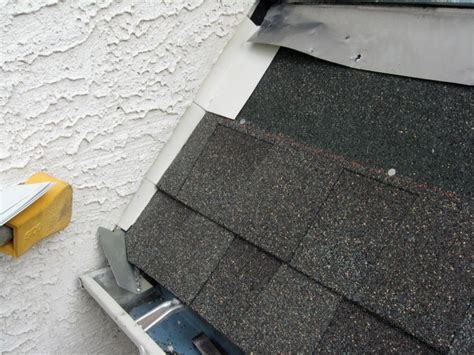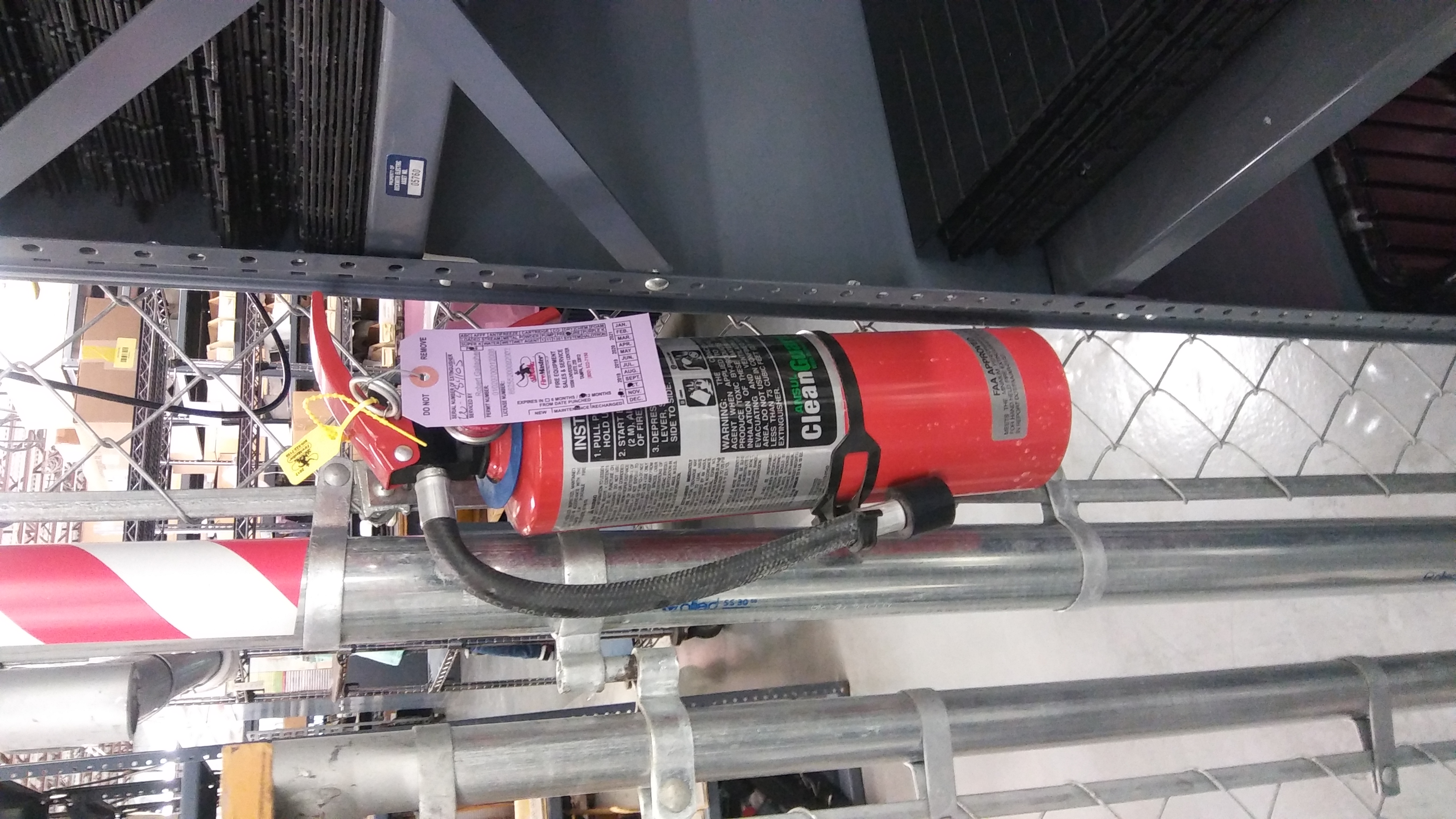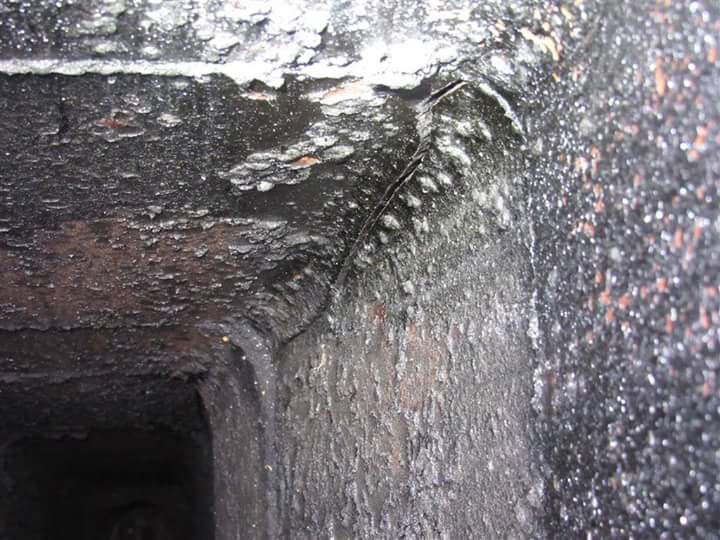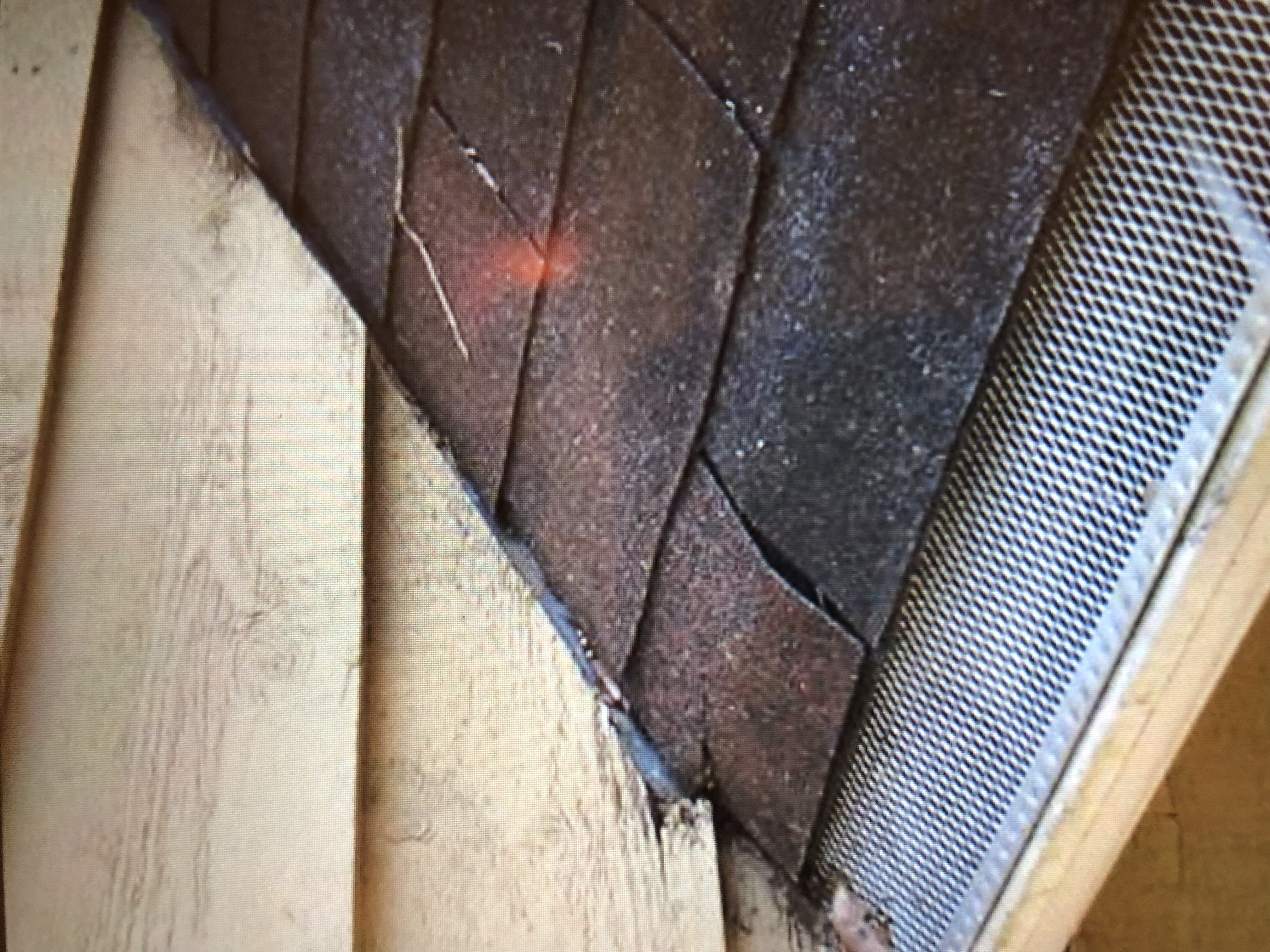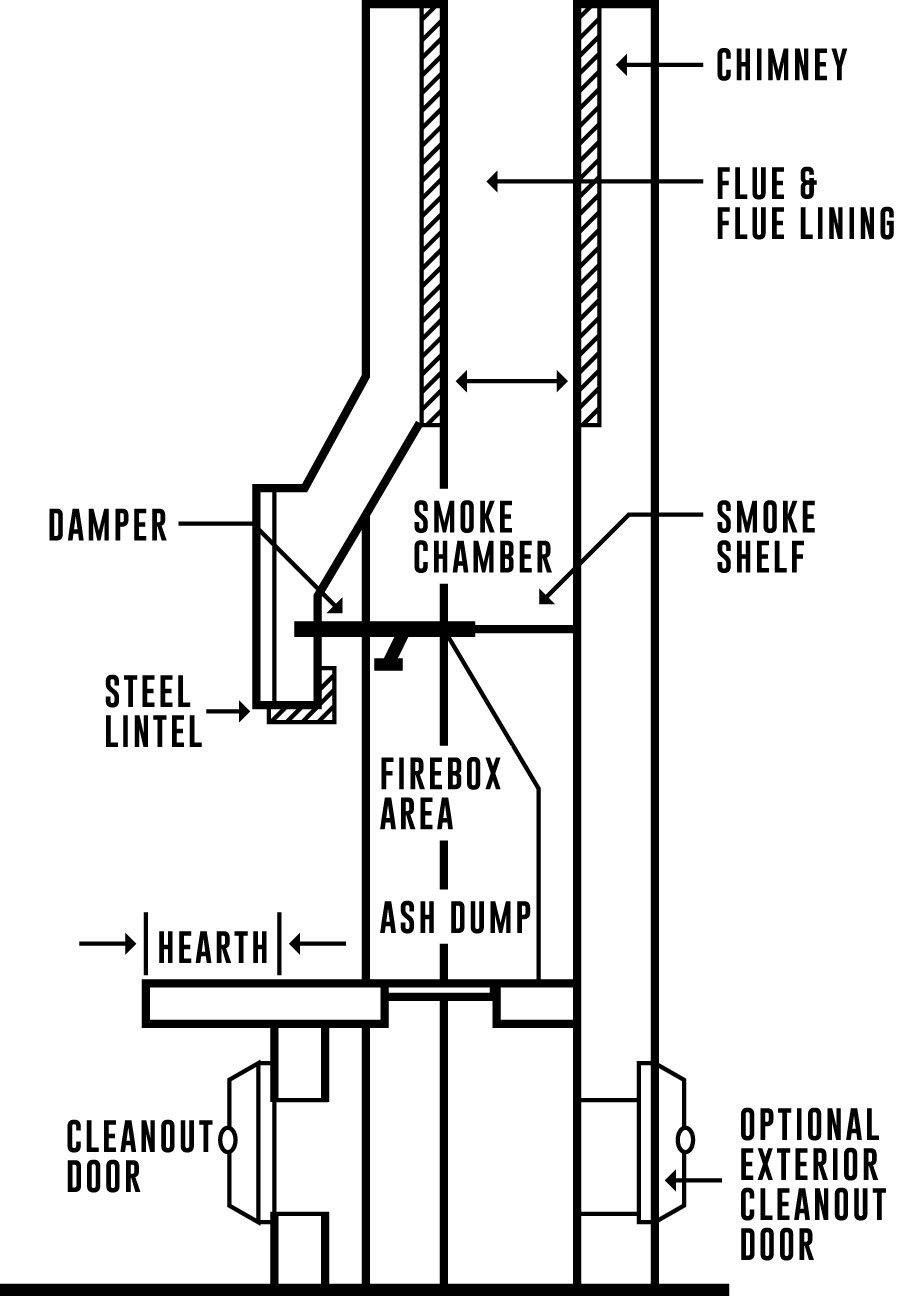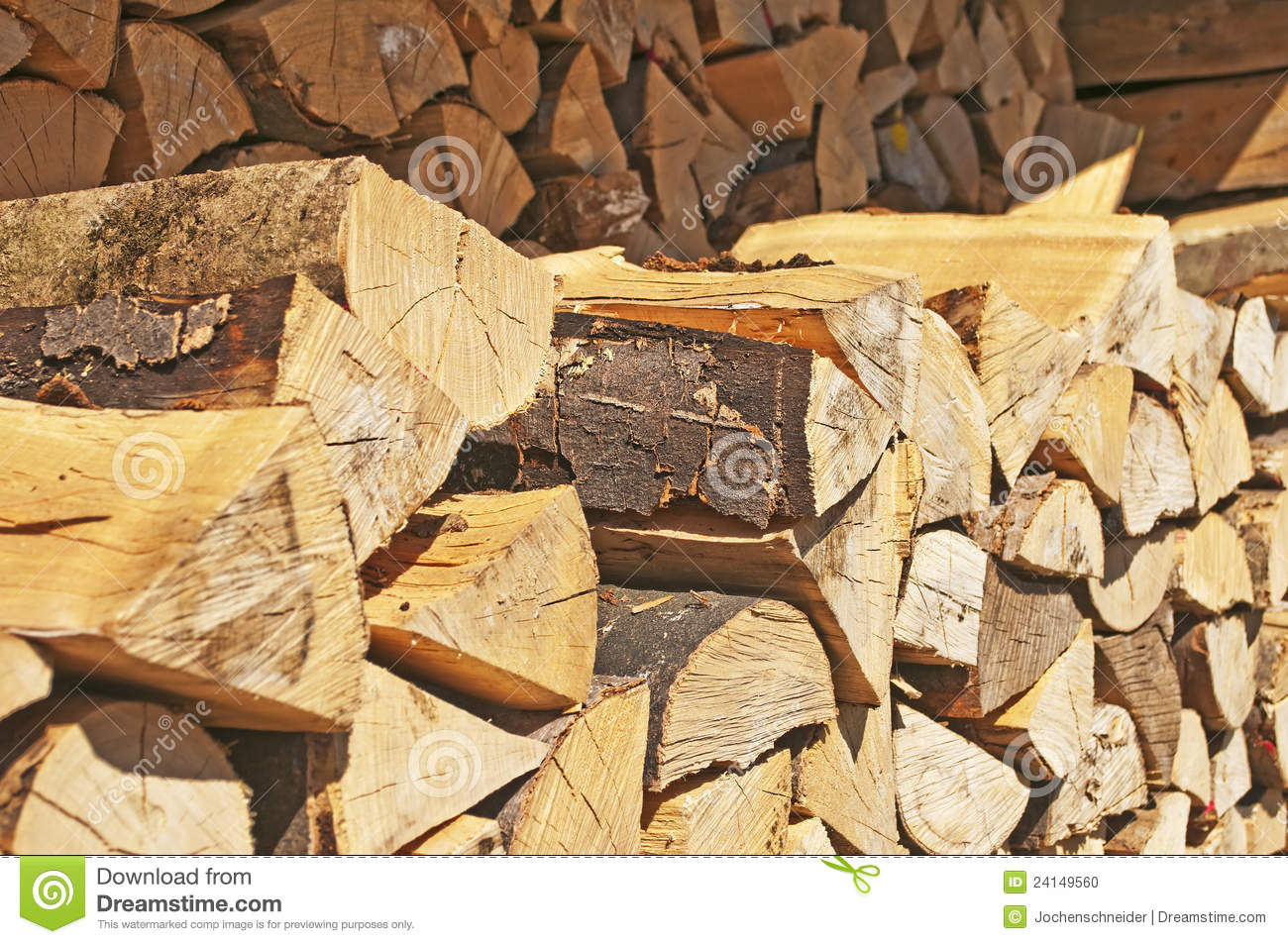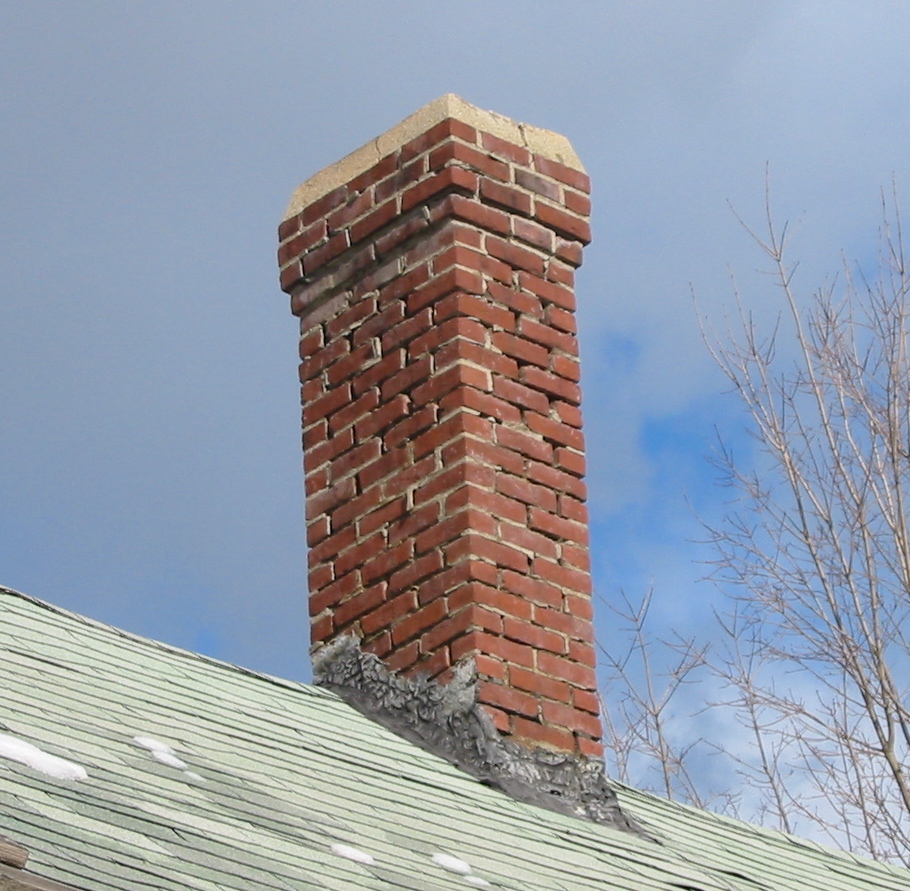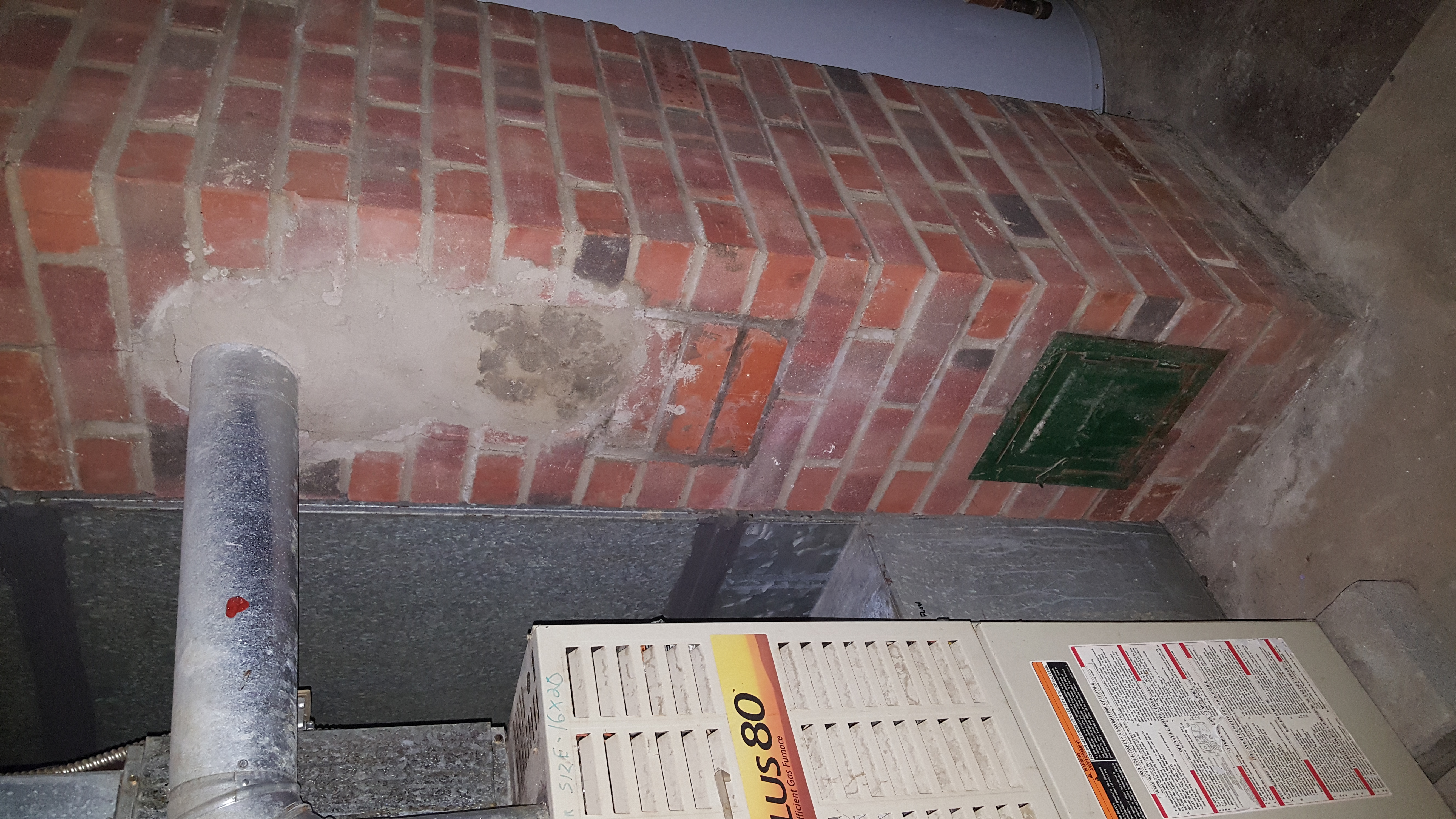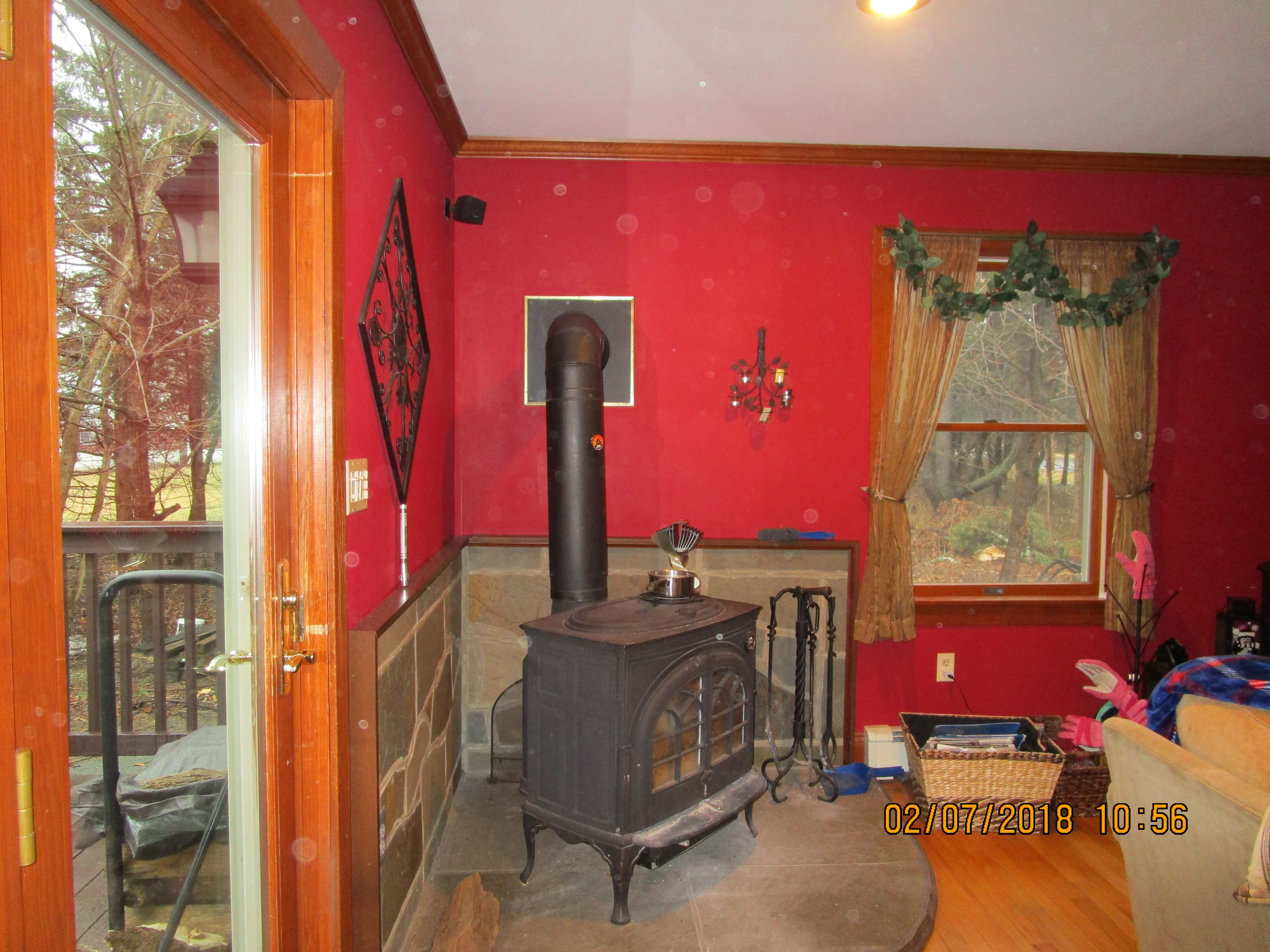In the article on chimney inspection: preventing collapse,I learned the chimney can be deadly when not inspected or maintained. earthquakes can be a main reason for this as well as hard rain , wind, and improper footing at the base. If a chimney look unsafe it is advised to stay clear until it has been addressed
This is a Clean guard fire extinguisher. Used for class B and C type fires. This Fire extinguisher is located in a visible and non obstructive location and has been fully maintained and inspected by a certified Fire Master personnel.
Carbon monoxide: When CO is inhaled, it displaces the oxygen that would ordinarily bind with hemoglobin, a process that effectively suffocates the body. CO can poison slowly over a period of several hours, even in low concentrations. Sensitive organs, such as the brain, heart and lungs, suffer the most from a lack of oxygen.
High concentrations of carbon monoxide can kill in less than five minutes. At low concentrations, it will require a longer period of time to affect the body.
This is a photo of the interior flue lining of a chimney. A large crack is visible in the clay liner. This is possibly due to lack of maintenance, moisture, or just old age. The liner appears quite dirty so it is likely that a lack of maintenance was the problem.
Attached Garage Fire Containment
Fires that start in a attached garage are more likely to spread to living areas faster. This is due to the fact that most home owners store flammable liquids such as as gas, paint and cleaning agents in the garage. The IRC has standards in place to help contain the fire untill professional help can arrive.
No flashing.
There are a couple o reasons why flashing may not be present. One the contractor did not know what they where doing or two the home owner did not like the appreance of them. In either scenario the lack of flashing can cause major water damage to the siding and interior the house. Costing hunderds if not thousands of dollars worth of repair.
It is interesting to know that a fireplace needs a smoke chamber among other things. i always thought that heat rising up would just take the smoke with it. I never thought that a damper and a smoke shelf was needed to prevent smoke from coming back into the house.
I am sure that construction practices have evolved a lot in the last century. I never knew that a brick veneer wall is stabilized and held in place by a stronger wall behind it, and that there is an air gap on purpose to equalize air pressure and allow water to drain down and out through holes in the bottom.I am also baffled as to houses don’t last very long compared to homes that are one hundred years old in other parts of the world.
Fireplace Fuel. What to burn. Dried cut wood, pallets, fallen tree limbs, wood collected from housing developments, Fire Logs. What not to burn. Painted wood, pressure treated wood, plywood, rotted wood, allergenic plants. dryer lint, trash, drift wood, in summary use only approved fuel.
My required essay for the how to inspect fireplaces, stoves and chimmney course. This image pulled from the net shows a chimmneyin need of repair. If there is any flashing it has failed and has been covered up with some form of water proofing materials, also note the mortor is in need of re pointing too.
My required essay for the how to inspect fireplaces,stoves and chimmney course.
This is from the natchi article on 10 easy ways to save money and energy in your home.
This topic was very informative about the tips from changing shower heads and replacing light bulbs to caulking gaps around openings
In “Fireplace Maintenance And Inspection” I learned the importance of making sure you have the right kind of fire extinguisher in your house and making sure that it is in good operating condition. Most people tend not to think of importance of keeping a fire extinguisher on every floor of a house. Most people will only keep one in total or sometimes none at all.
This chimney is located in a basement. You can see the double wall vent pipe connects well above the required 12 inches from the lowest point. It is well sealed at the connection and appears to have possibly been patched recently.
Repairs and maintenance to chimney brick and stone mortar joints is necessary. Exposure to weathering causes deterioration and creates an entrance way for moisture. Replacement of damaged brick and repointing mortar joints is recommended and will extend the life of your masonry chimney, protecting your investment.
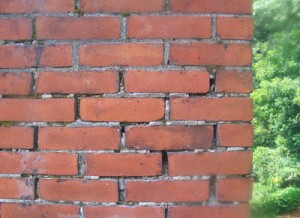
(Fire Extinguisher Maintenance and Inspection Article)
During a home inspection. The inspector must confirm that fire extinguishers are visible, unobstructed, and in its designated locations. When inspecting the fire extinguisher, check that the pin is intact and the seal is unbroken. Make sure the gauge is in the green/charged and tag is not expired. Be sure to examine the extinguisher for physical damage, corrosion, leakage, or clogged nozzle.
Home has a wood burning stove, Jotel is the maker. Hearth is proper size 16inch minimum in front. Chimney is made of double wall metal. Chimney goes through the outside wall where on the outside is double wall stainless steel.
Here is a picture of a fireplace. The fireplace is made of brick and appears to be in good condition. It has a mesh curtain or spark guard installed to help protect the area from open flames and or sparks. My only concern is the basket on the hearth could be closer than three feet.
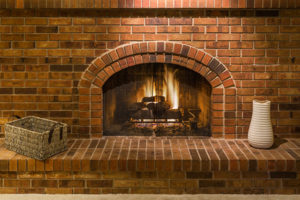
Factory built fireplaces is an article written by Nick Gromicko. It had a lot of interesting information in it. Starting with a brief history of indoor fireplaces. The article also contained some broke down measurement requirements for zero clearance fireplaces.I was surprised to read that factory-built fireplaces make up about 75% of the market.
fire extinguisher maintenance and inspection.
Inspection points on a fire ex would include. Mounted and accessible. Pressure gauge should be clear and in the green or charged. The right type and labels that are clear. A
A multi-purpose dry chemical type of fire extinguisher would be the most effective in a home.
The function of Kickout flashing is to divert the storm water directly to gutter where the roof and exterior wall meet. Because the kickout flashing is recently introduced, many old house missing the kickout flashing, experienced water stain on the surface of the wall.
